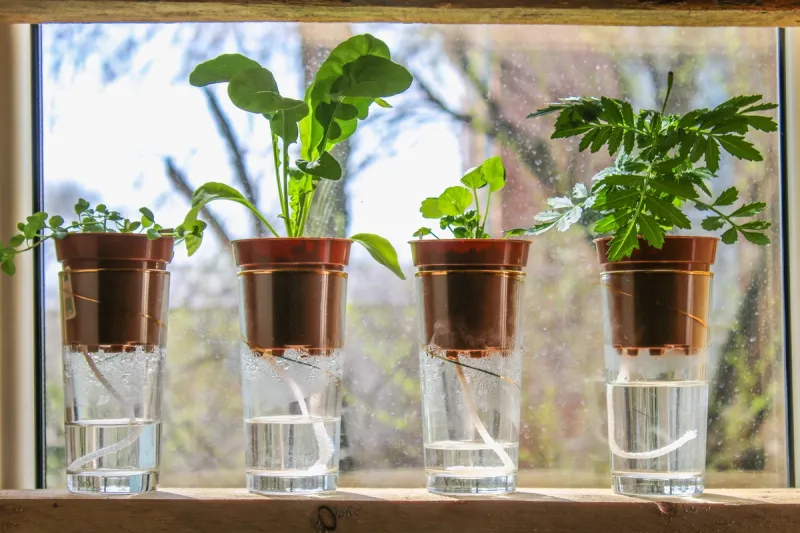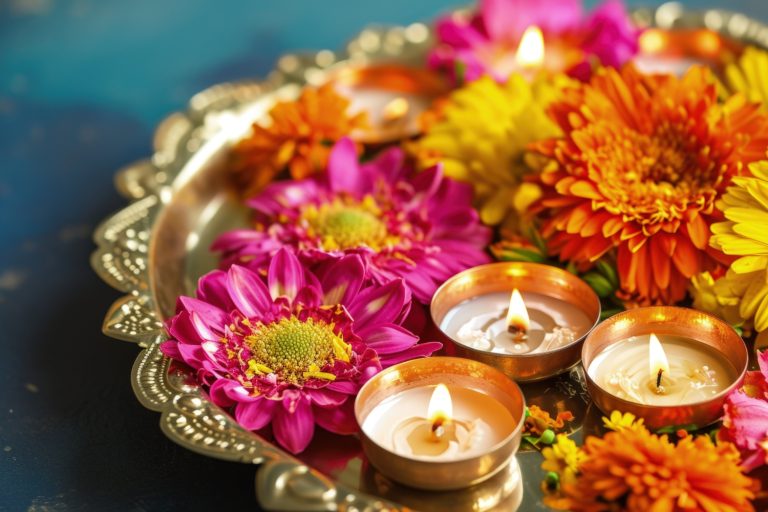Watering plants while away for 2 weeks can be a daunting task, but various strategies can ensure their hydration. One method involves using self-watering systems, such as drip irrigation or capillary mats, which slowly release water to the plants. Another option is to group potted plants together in a shady spot to reduce water evaporation. Prioritize watering deeply before leaving and mulching the soil to retain moisture. Enlist the help of a friend or neighbor to check on the plants periodically. Alternatively, invest in smart irrigation systems that can be controlled remotely via smartphone apps, ensuring your plants receive adequate hydration even in your absence. Let us understand briefly on each method.
1. Self-watering devices:
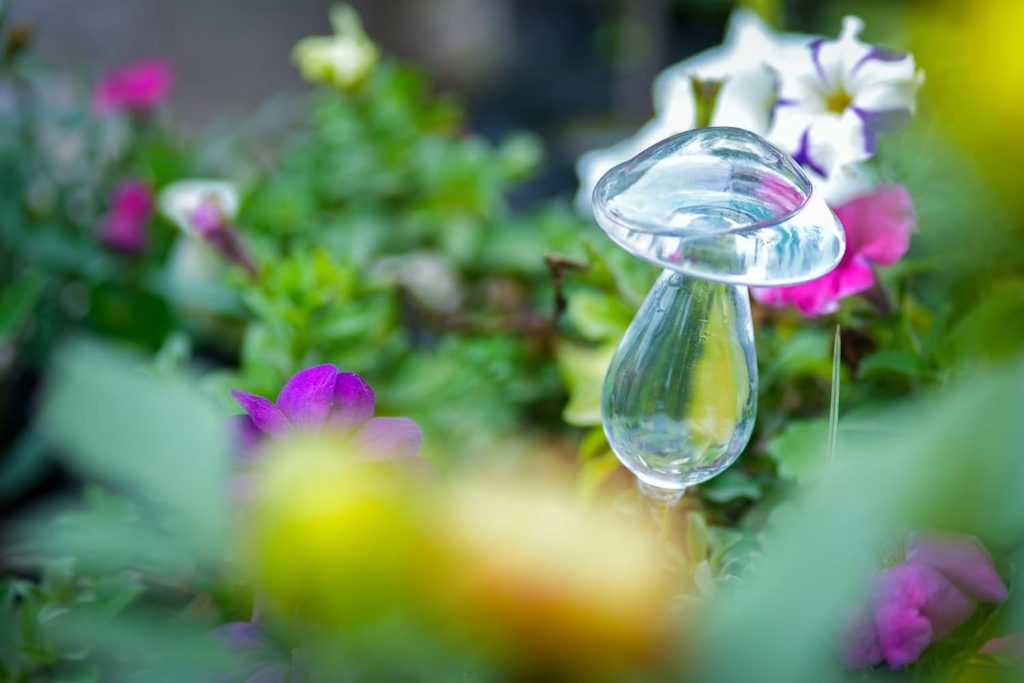
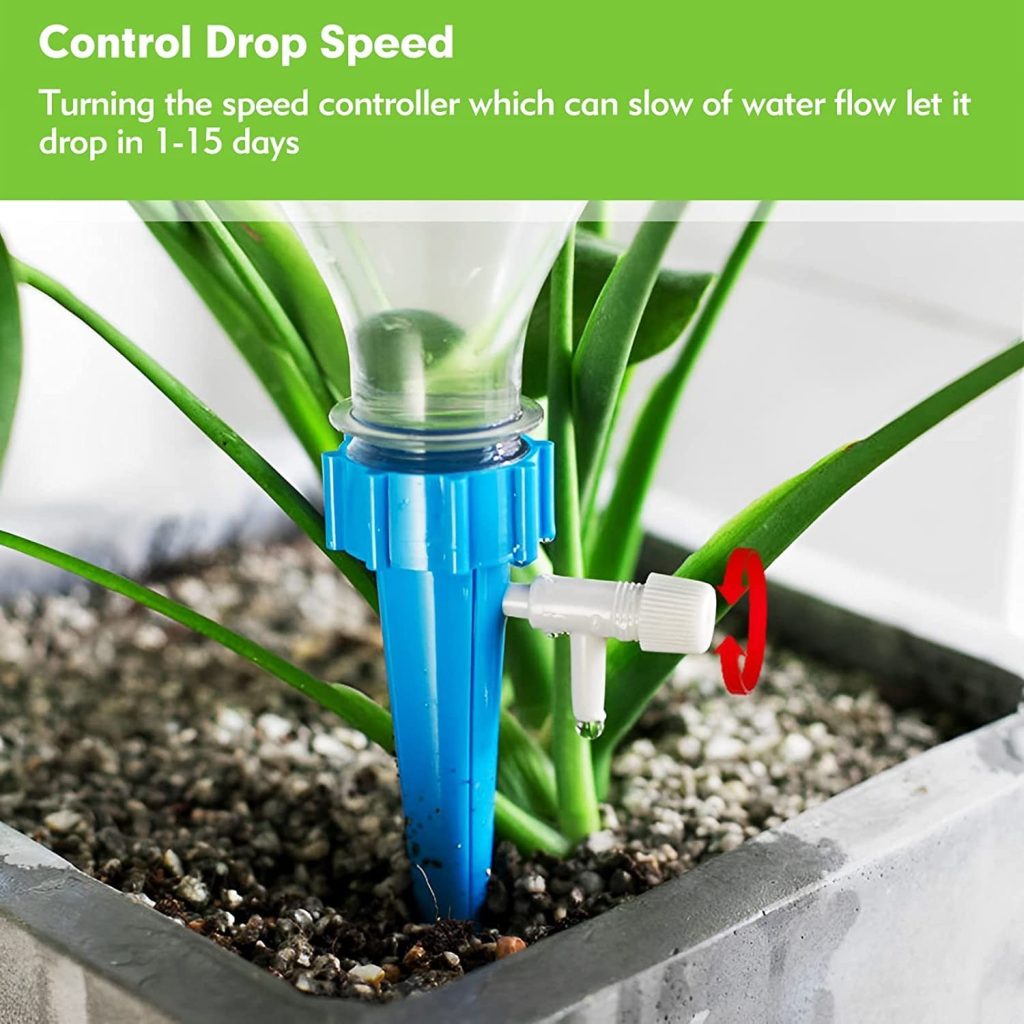
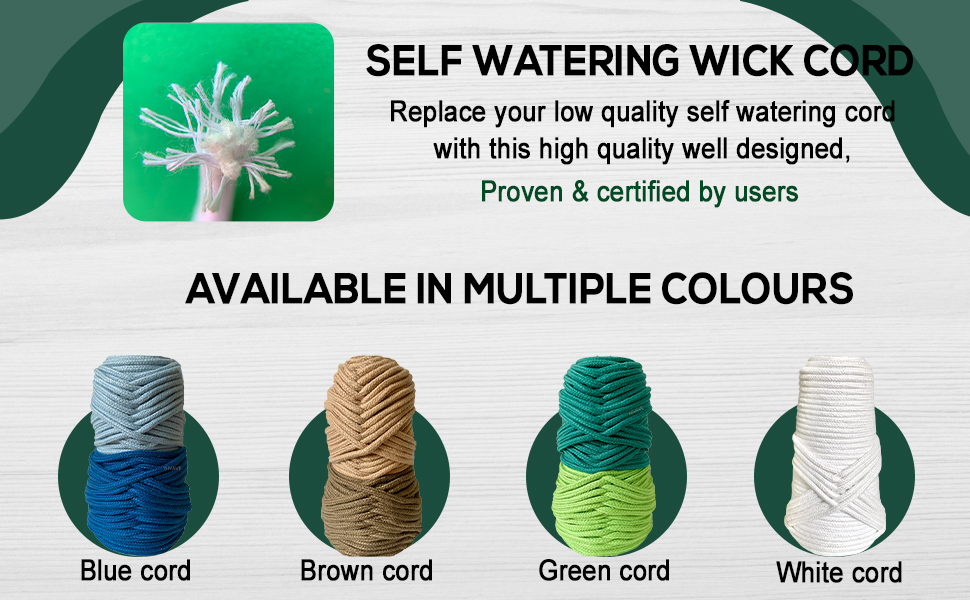
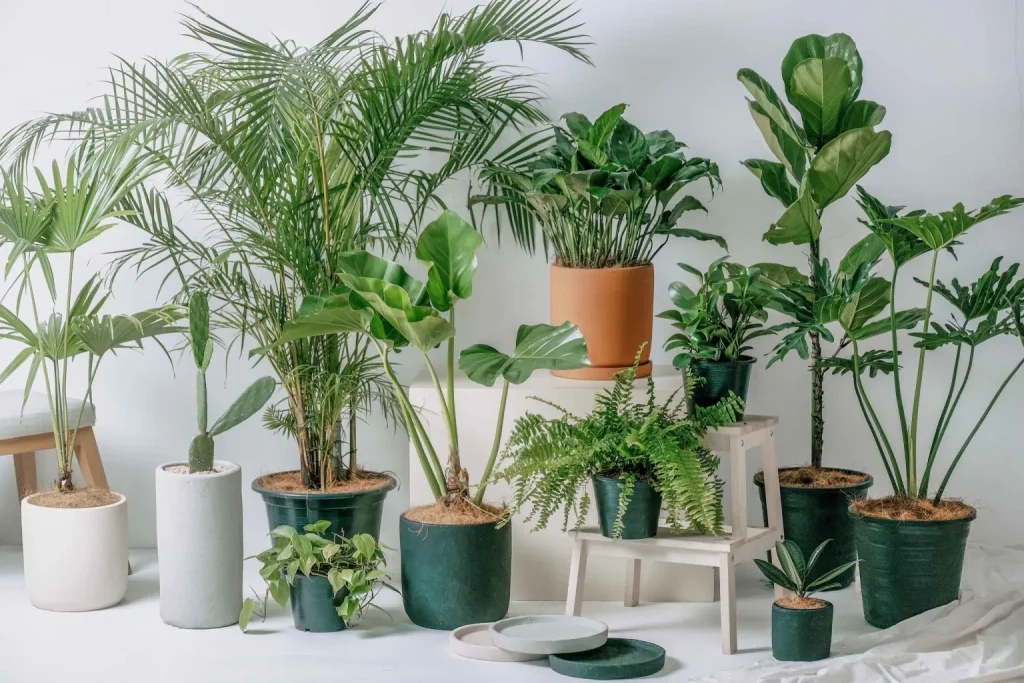
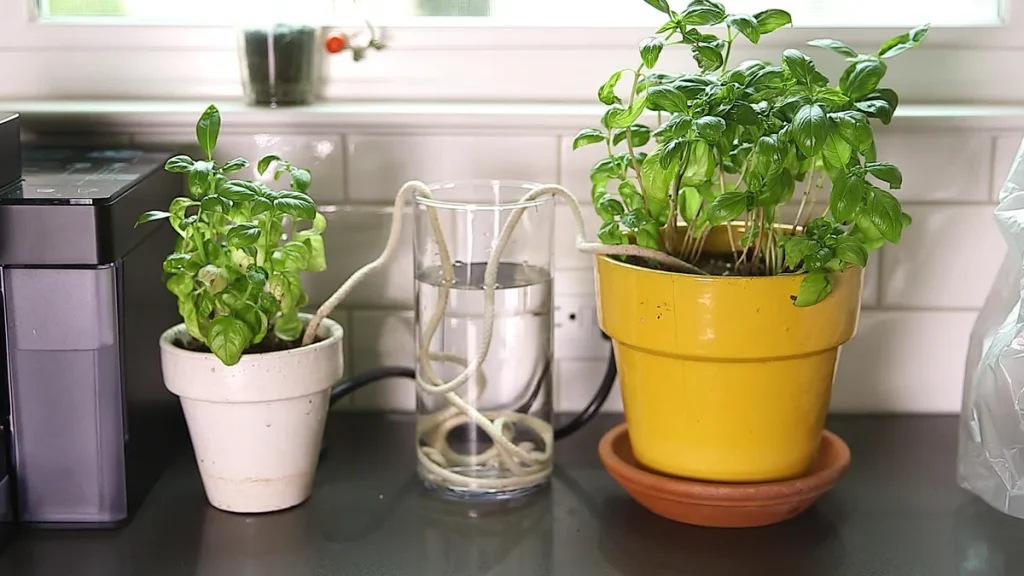
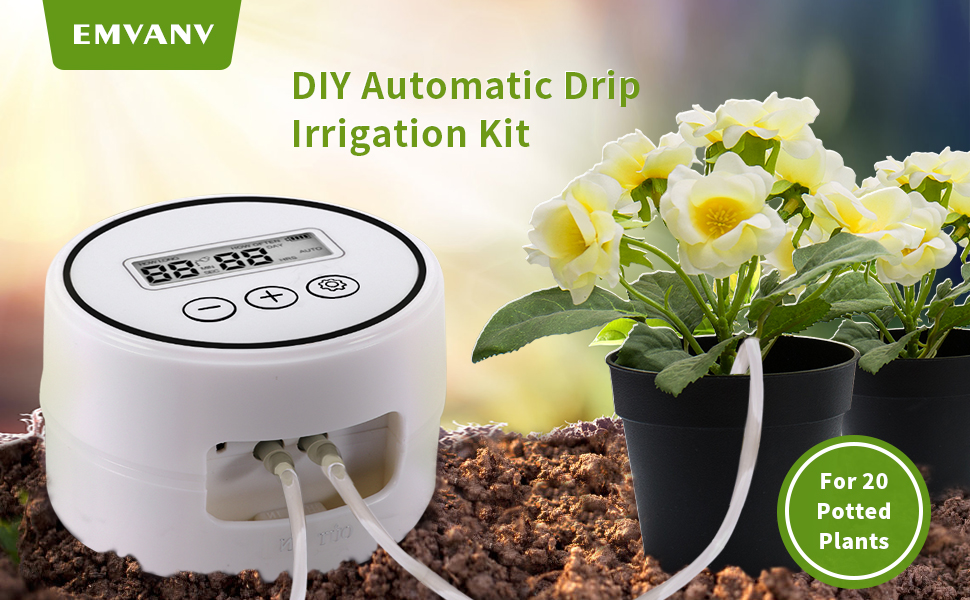

Before employing any watering method, it’s imperative to evaluate the water requirements of your plants and adapt your approach accordingly. Different plants have varying needs; some may thrive in consistently moist soil, while others prefer drier conditions. Understanding the specific needs of each plant species in your care is crucial for their overall health and well-being. Consider factors such as plant type, size, stage of growth, and environmental conditions when devising your watering strategy. Adjust the frequency and volume of water accordingly to meet the individual needs of each plant. By customizing your approach, you can ensure optimal hydration and prevent issues such as overwatering or underwatering, promoting the long-term vitality of your plants.
In conclusion, maintaining plant health during your absence requires careful consideration of watering methods tailored to the individual needs of each plant species. Whether through self-watering devices, groupings, mulching, or automated irrigation systems, it’s essential to strike a balance between providing adequate moisture and avoiding overwatering. By assessing the specific water requirements of your plants and adjusting your watering strategy accordingly, you can promote healthy growth and vitality. Implementing these practices ensures that your plants remain hydrated and thriving, even in your absence, ultimately contributing to the long-term success of your garden or indoor green space.
Save Water, Grow Trees: Cultivate Hope, Conserve Nature’s Flow.

